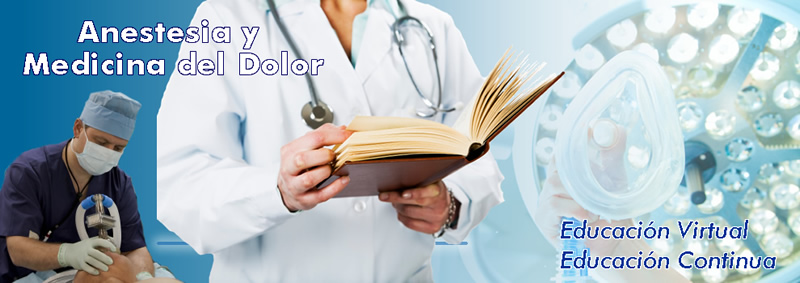| ||||||||||||||||
lunes, 16 de julio de 2018
Transfusión en trauma craneoencefálico / Transfusion traumatic brain injury
lunes, 9 de julio de 2018
Intubación en TCE / Intubation in Traumatic Brain-injured Adults
| |||||||||||||
Vomitos en Pediatrìa
Dr. Douglas Umbría douglasumbria@hotmail.com [SALUD_LORETO] <SALUD_LORETO@yahoogroups.com>
Para:Ciberpeds,Pediatras Yahoo Chiquinquira,Salud Loreto,Pediatria Peru
8 jul a las 8:28
Vomitos en Pediatrìa
Vomiting in Children.
Shields, T.M et al.
Pediatrics in review. 2018; 39(7): 342 – 358
El vómito es un síntoma muy común en el niño y motivo frecuente en nuestra consulta.
Se define como la expulsión forzada del contenido gástrico a través de la boca y / o nariz.
Puede presentarse en cualquier enfermedad y en cualquier momento de su evolución.
Su importancia es variable, puede ser desde un síntoma acompañante de una enfermedad hasta un síntoma fundamental.
Hay 4 vías fisiológicas principales que pueden desencadenar el reflejo emético: toxinas mecánicas, transmitidas por la sangre, el movimiento y los desencadenantes emocionales.
Cada vía se desencadena por diferentes sistemas de órganos e involucra diferentes neurotransmisores.
Encontrar una etiología puede ser un reto porque los vómitos pueden implicar una
variedad de diferentes sistemas de órganos en el cuerpo.
En pediatría existen múltiples patologías que cursan con vómitos; las causas infecciosas son las más frecuentes (GEA, infecciones respiratorias, otitis, neumonías, infecciones del tracto urinario, sepsis, meningitis).
Los vómitos relacionados con patología quirúrgica generalmente se asocian a dolor abdominal.
La invaginación es la causa más frecuente de obstrucción intestinal entre los 3 meses y los 3 años.
El establecimiento de un diagnóstico diferencial para el vómito debe tener en cuenta tanto la edad del niño como las características temporales de su vómito.
El vómito difiere del reflujo gastroesofágico (GER) y la regurgitación ya que en estas dos últimas condiciones no hay expulsión de contenido duodenales.
Tambien difieren de la rumiación, ya en esta los pacientes se auto promueven para regurgitar de manera electiva, y con frecuencia mastican y tragan sus alimentos regurgitados nuevamente.
El tratamiento farmacológico no está indicado de forma rutinaria.
Podemos emplear ondansetrón para garantizar la tolerancia oral en los niños con gastroenteritis aguda, este medicamento (a una dosis de i.v. a 0,15 mg/kg máximo 8 mg y v.o. a 2 mg para 8-15 kg, 4 mg para 15-30 kg y 8 > 30 kg) ha demostrado ser capaz de disminuir el número de vómitos en niños esta patología así como el número de ingresos y reconsultas en los servicios de urgencias, con mínimos efectos secundarios (diarrea leve), siendo un fármaco seguro.
Comparto interesante revisión sobre la fisiopatología, causas diagnóstico y tratamiento en Pediatrìa en el siguiente link:
jueves, 5 de julio de 2018
Neuroprotección farmacológica / Pharmacological neuroprotection
| ||||||||||||||
Suscribirse a:
Entradas (Atom)












